| Tweet |
World Heritage sites in NorwayThe OUR PLACE project, is "the first official World Heritage Photographic databank" declared by the UNESCO World Heritage Centre, and is photographically documenting the world heritage sites for posterity. The photographers who work on assignment for the OUR PLACE World Heritage project have a proven track record in documenting Cultural and Natural locations around the world. On assignment to the world's most interesting locations, the team of International photographers, endeavors to capture the human dimension of those places as well as its important physical elements. Assigned to Norway World Heritage sites, I had been documenting Bryggen, Røros and Urnes with the range of Panasonic Lumix digital cameras.-- Oriol Casanovas |
Bryggen«Bryggen, the old wharf of Bergen, is a reminder of the town's importance as part of the Hanseatic League's trading empire from the 14th to the mid-16th century. Many fires, the last in 1955, have ravaged the characteristic wooden houses of Bryggen. Its rebuilding has traditionally followed old patterns and methods, thus leaving its main structure preserved, which is a relic of an ancient wooden urban structure once common in Northern Europe.» |
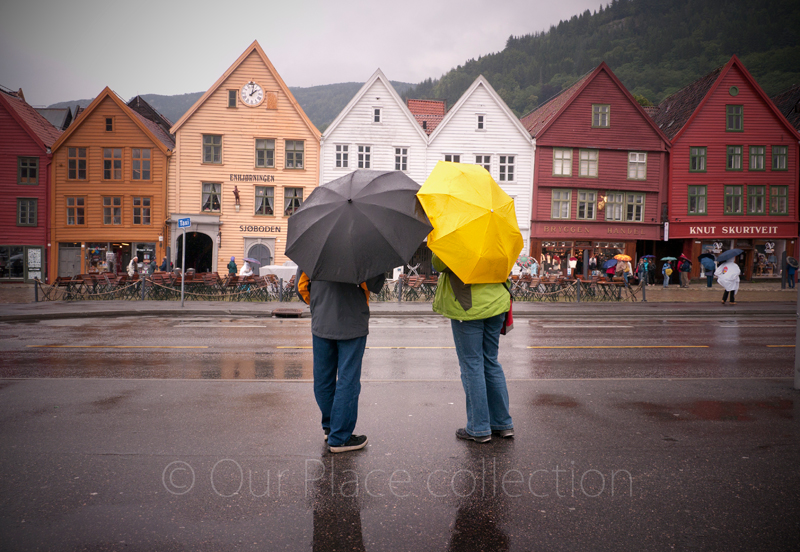 1
The compact rows of wooden buildings with their narrow passages constituted a natural fire hazard in Bryggen. Large parts of the area were devasted by fire on at least seven occasions, the last of them in 1955. |
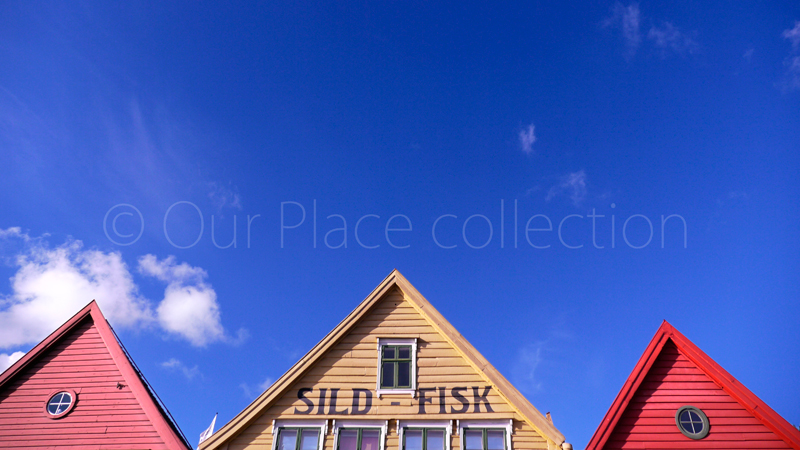 2
Roofs of buildings originally used to trade fish. "Sild-Fisk" means herring fishing. |
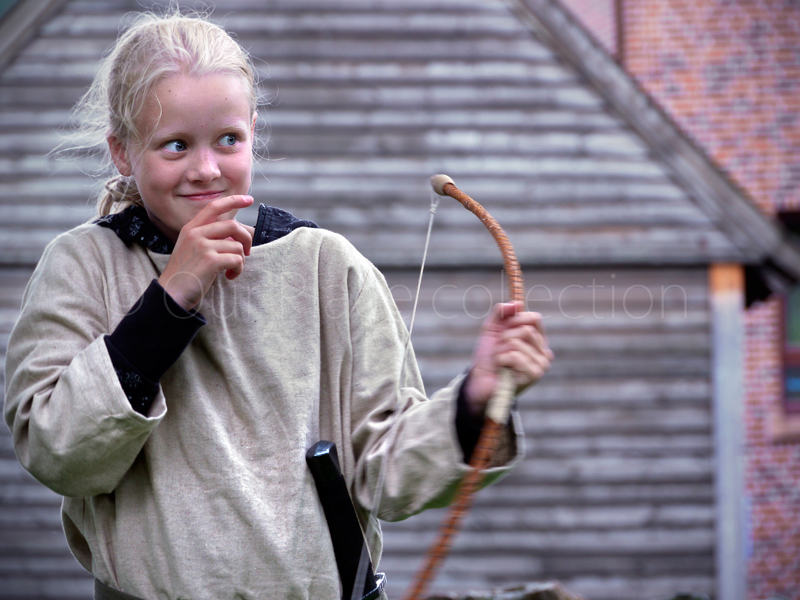 3
'Tidsreiser'. A travel back in time. Stories and adventures for children, families, school trips and so on to experience Bergen in the old days. By recreating the ambience of the past the audience is drawn in to the universe of the Vikings and the hanseatic merchants. |
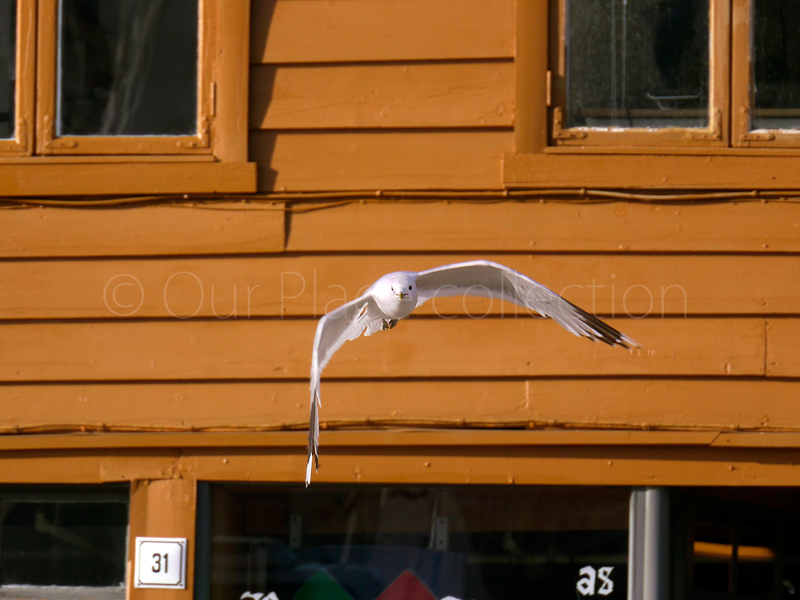 4
Bryggen seagulls are always pending on food from visitors. |
 5
Bryggen was divided into entities consisting of a row of buildings joined one behind the other and running back from the warf, with a passage between. |
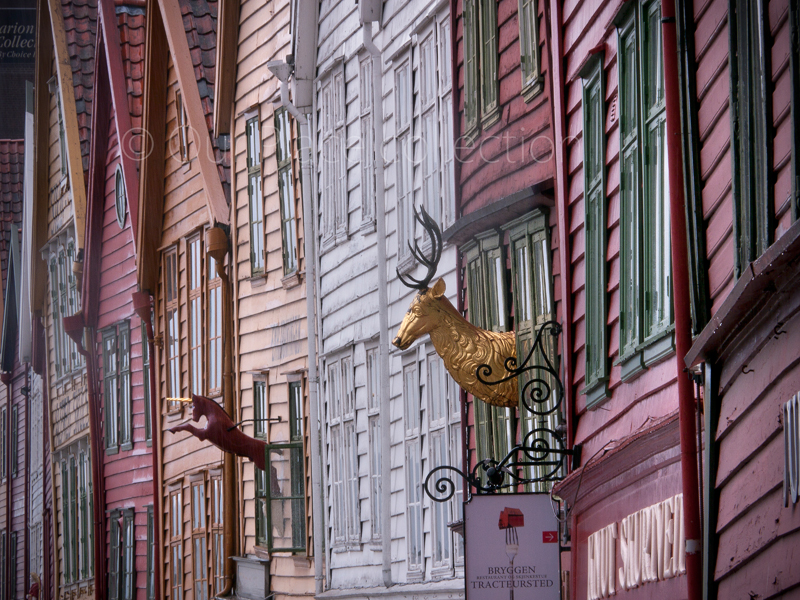 6
The wooden sculptures in the façade of Bryggen were used as a roadsigns for illiterate people. |
Røros Mining Town and the Circumference«Røros Mining Town and the Circumference is linked to the copper mines, established in the 17th century and exploited for 333 years until 1977. Completely rebuilt after its destruction by Swedish troops in 1679, Røros contains about 2000 wooden one- and two-storey houses and a smelting house. Many of these buildings have preserved their blackened wooden façades, giving the town a medieval appearance. Surrounded by a buffer zone, the property illustrates the establishment and flourishing of a lasting culture based on copper mining in a remote region with a harsh climate.»
|
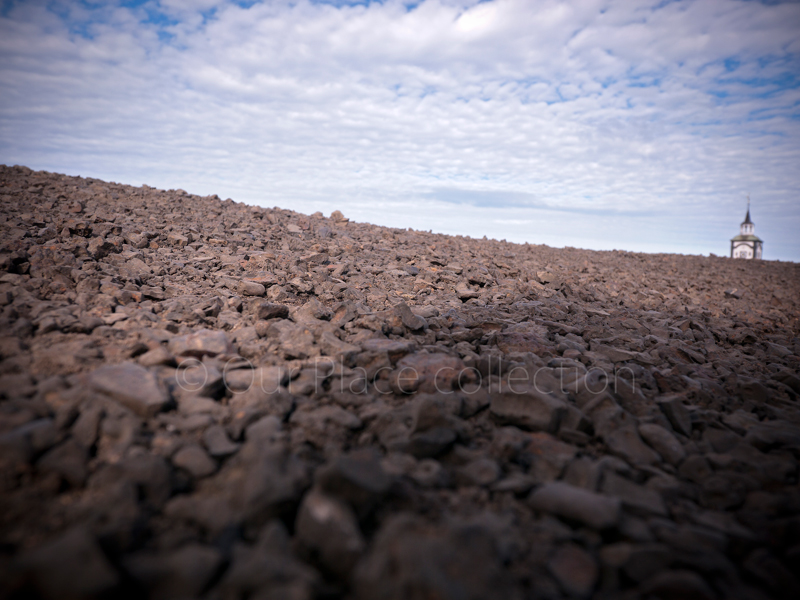 7
The church of Saint Mary (Røros) showns its bell tower between mountains of rubble. |
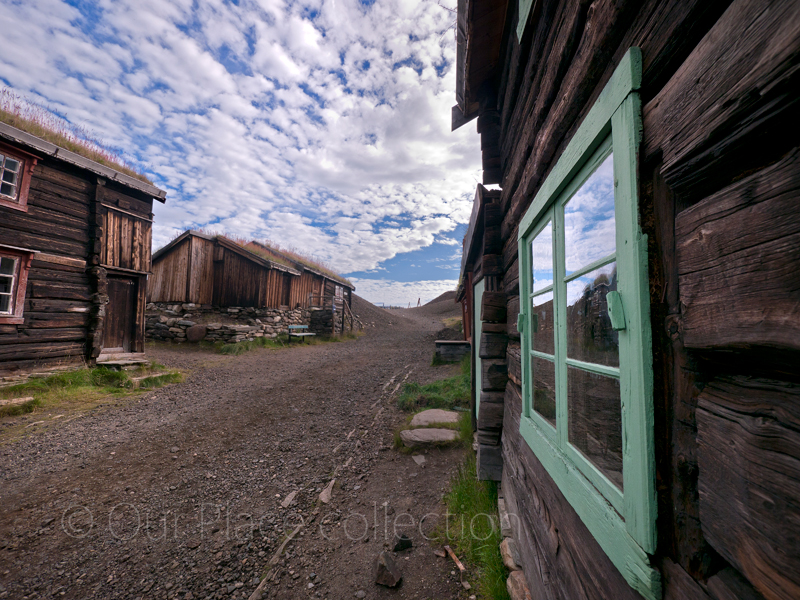 8
The small houses of Sleggveien Road leading directly to the slagheaps. |
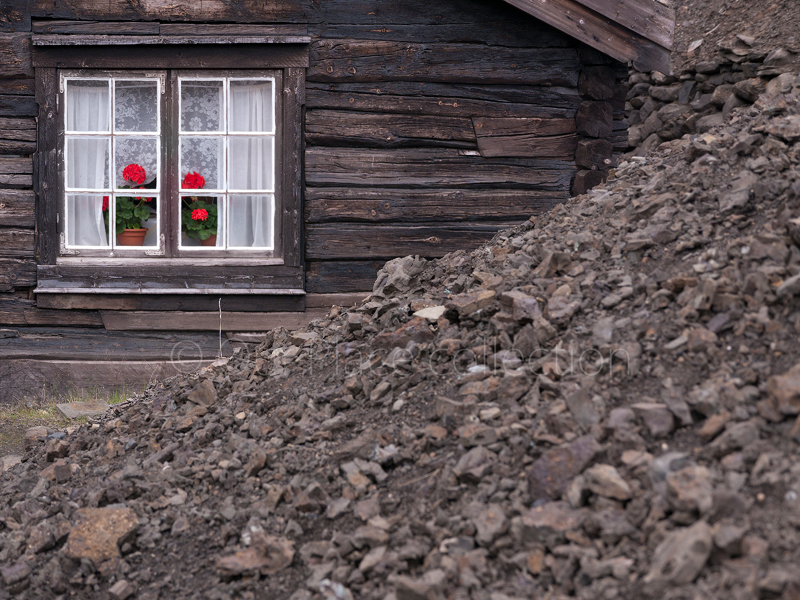 9
Sleggveien road houses were occupied by who were badly off, widows, and craftsmen. Over the years, the mining residues invaded the living space. |
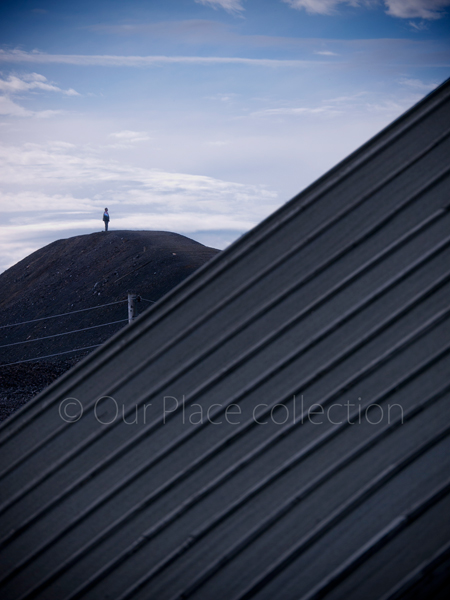 10
Views from the top of a mountain of debris. |
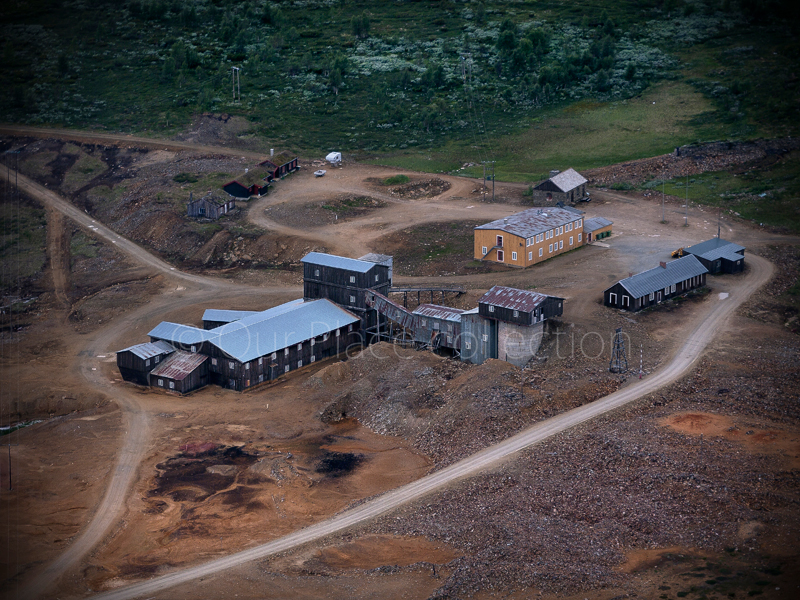 11
The mining activities, developed over 333 years, have shaped the industrial landscape. |
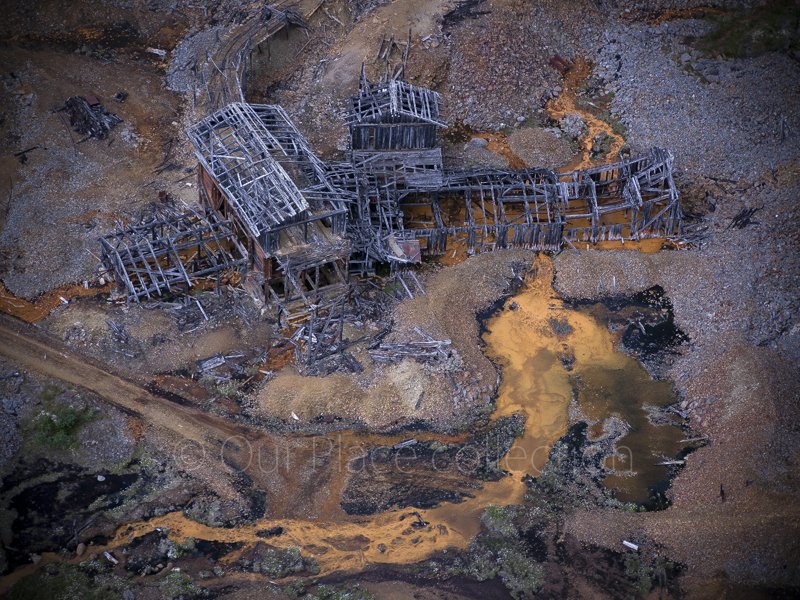 12
Aerial view of the skeleton of an abandoned mine, showing clear signs of pollution. |
Urnes Stave Church«The wooden church of Urnes (the stavkirke) stands in the Norweggian fjords, in the natural setting of Sogn og Fjordane. It was built in the 12th and 13th centuries and is an outstanding example of traditional Scandinavian wooden architecture. It brings together traces of Celtic art, Viking traditions and Romanesque spatial structures.»
|
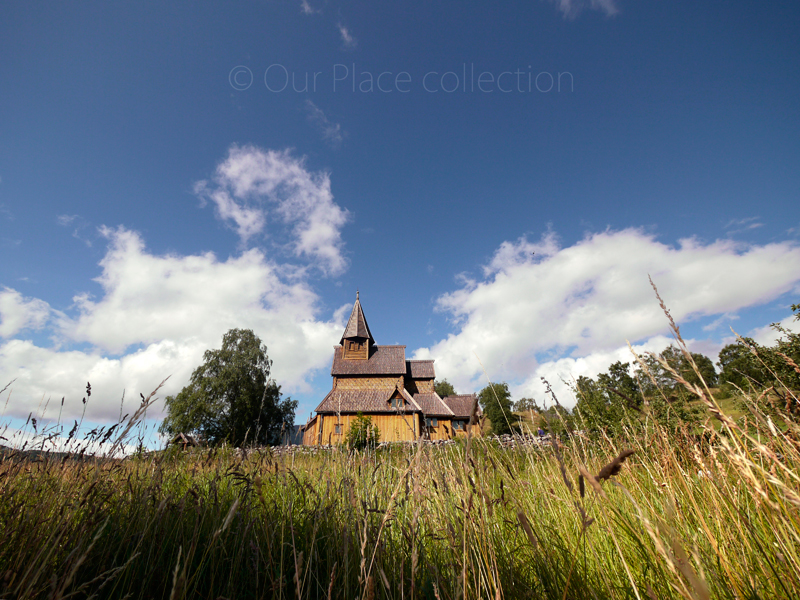 13
Vista from the south side of the church. |
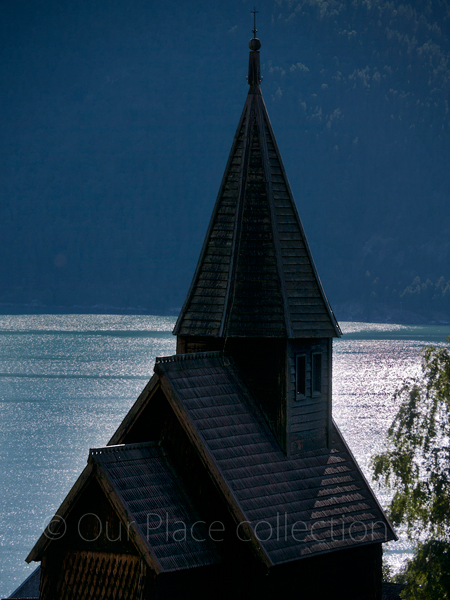 14
The Urnes Stave Church is located in the Lustra fjord, in the municipality of Luster in Sogn. |
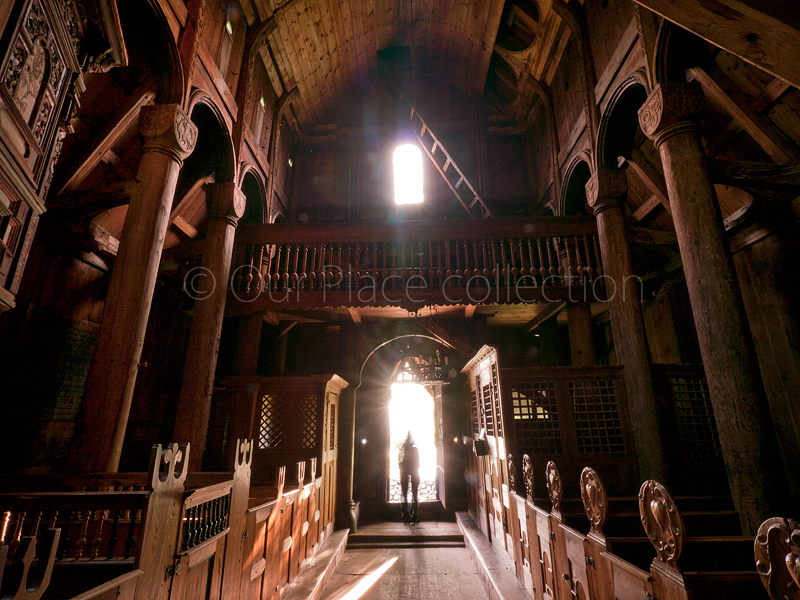 15
The UNESCO world heritage site of Urnes church is built in timber, with a rectangular nave and a narrower choir. |
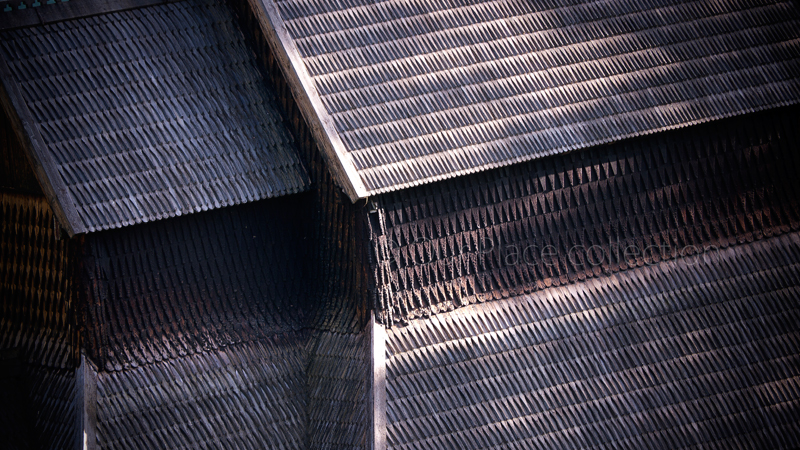 16
Dragon skin texture? Viking influence in this Romanesque church is evident. |
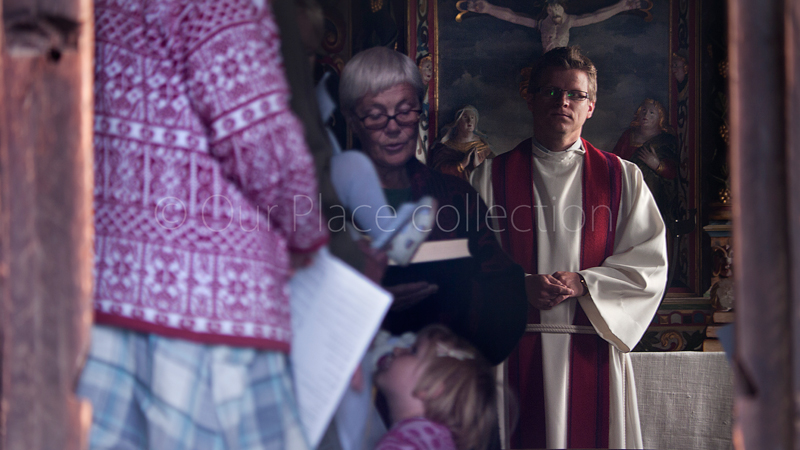 17
Religious ceremonies in Urnes, even being a unique church, are held regularly. |
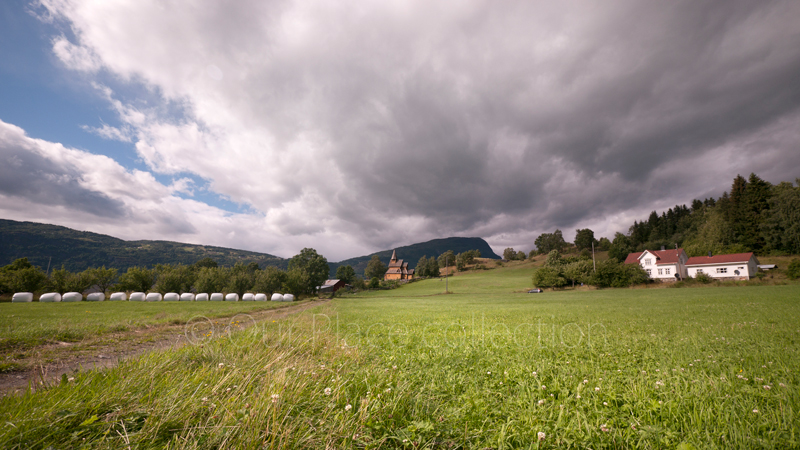 18
|
